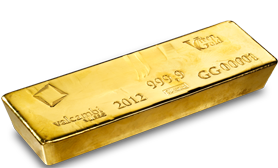United States Gold Reserves
During the 1800´s the United States gold reserve was dramatically increased by the government. It increased its gold reserves in the event of a mass run on the banks to redeem the greenbacks. However, January 1, 1879, came and went. The public had gained full confidence in the currency. The greenback issue was dead, but attention turned toward another economic panacea the free and unlimited coinage of silver.
The gold standard also spurred massive exploration. Which is why Spain and other European countries discovered the New World in the 1500s to prospect more gold and increase the country’s prosperity. It also inspired the Gold Rush in California and Alaska during the 1800s which indirectly affected the United States gold reserve.
During the 1800s, even commercial banks in Canada and the United States issued their own banknotes, backed by their promises to pay in gold. The U.S claimed it building United States gold reserve as a backer of its currency. Since they could lend more than they had to hold in reserves to meet their depositors demands, they actually could create money. This inevitably led to “runs” on banks when they could not meet their depositors demands and were bankrupt. The same happened to smaller countries. Even the United States Treasury had to be rescued by JP Morgan several times during this period. In the late 1800s and early 1900s, countries legislated their exclusive monopoly to issue currency and banknotes. This was in response to “financial panics” and bank insolvencies. This meant that all currency was issued and controlled by the national governments, although they still maintained United States gold reserve to support their currencies. Commercial banks still could create money by lending more than their depositors had placed with the bank, but they no longer had the right to issue banknotes.
United States gold reserve subsequenatly increased over the period based upon the above factors.




